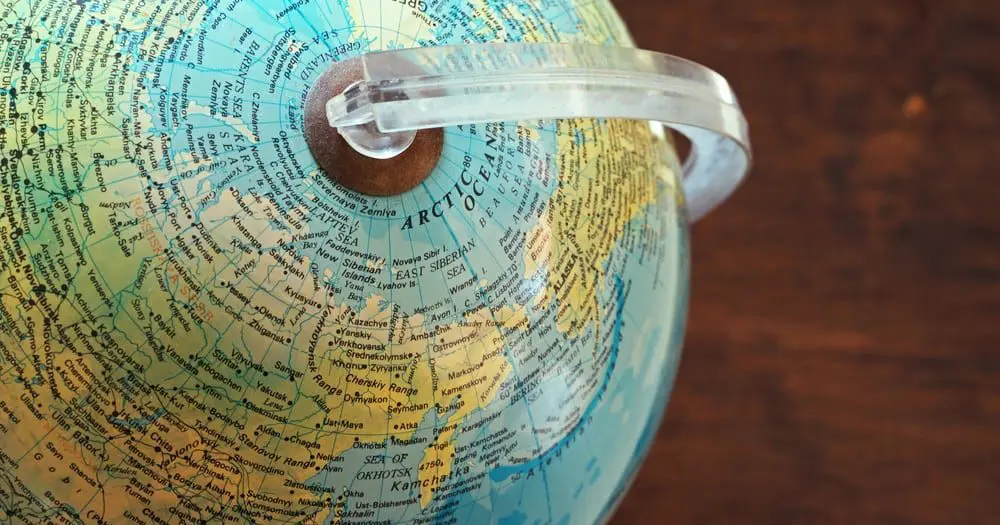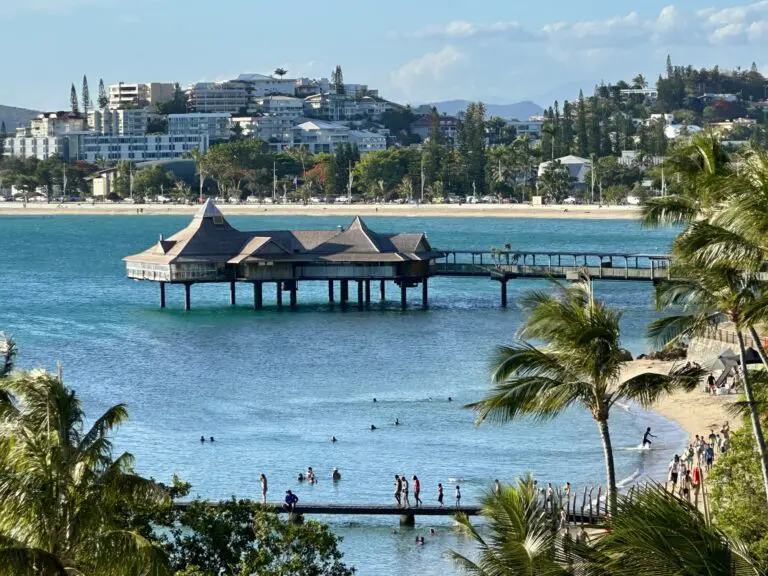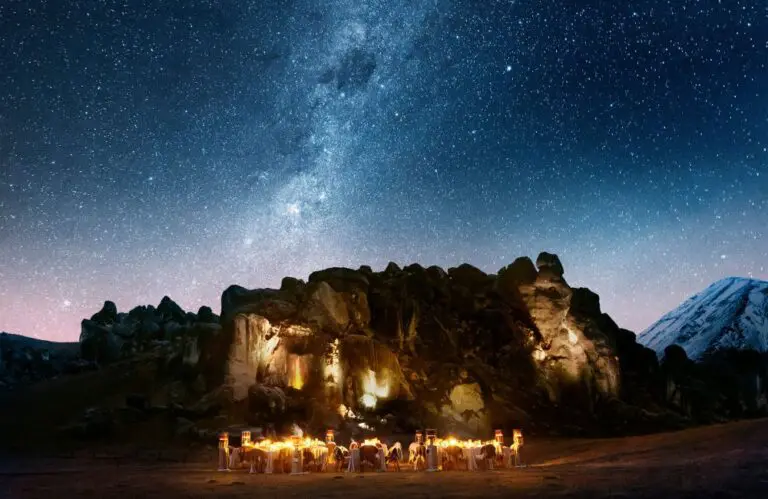The benefits of travel and tourism are widely understood and a major incentive to dust that passport off. But for some of the world’s top attractions, our love of travel is a double-edged sword.
Although local communities benefit economically from the influx, the sites themselves are often struggling to cope.
We take a look at 10 of the world’s most iconic attractions that are under strain:
1. THE TAJ MAHAL
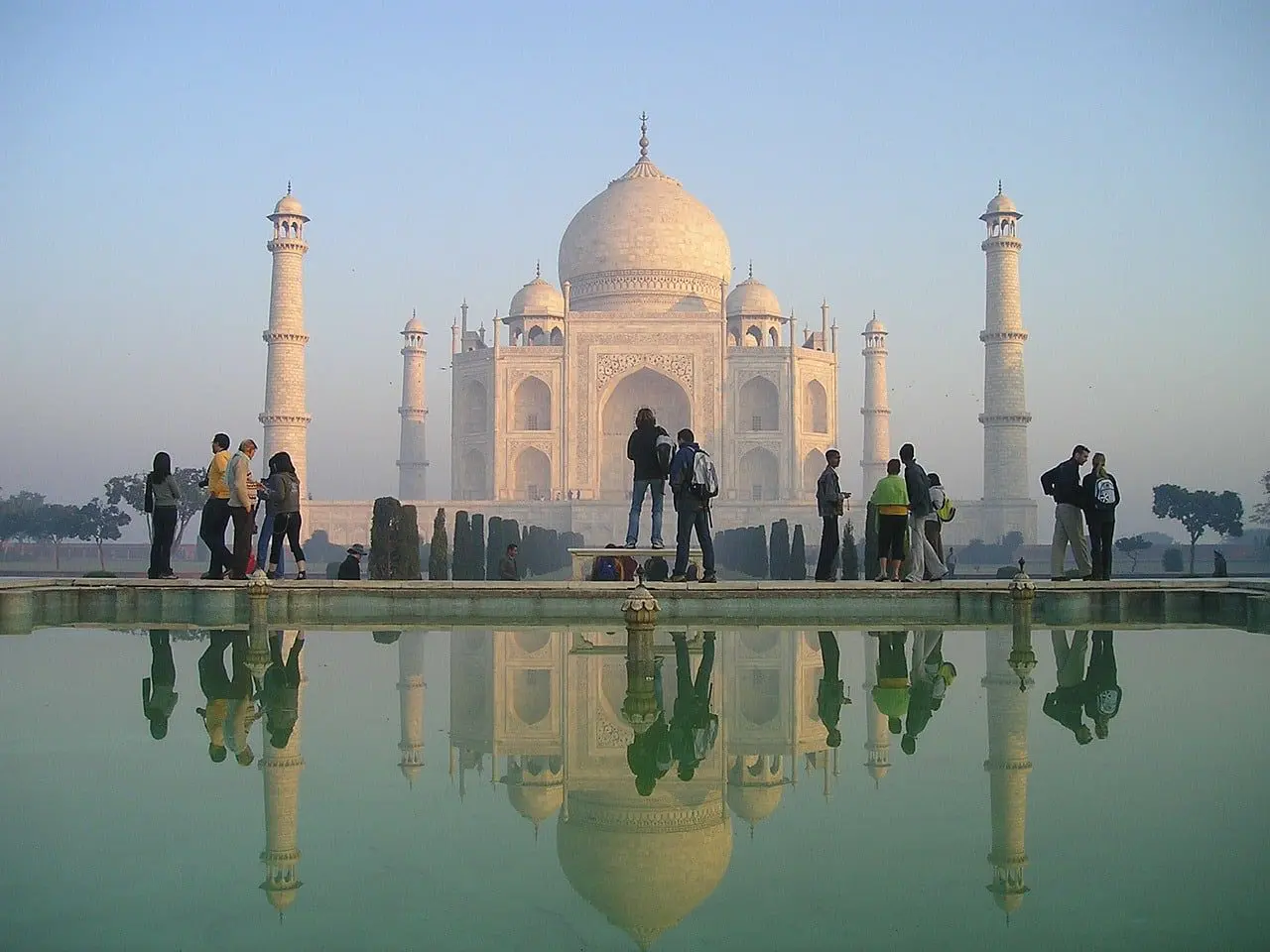 A number of threats risk the future of India’s most famous monument, but tourism is at the top of the list. The largely unregulated stream of visitors can break the 50,000 mark on some days.
A number of threats risk the future of India’s most famous monument, but tourism is at the top of the list. The largely unregulated stream of visitors can break the 50,000 mark on some days.
The constant footfall on the marble floors is wearing it down. Pollution from vehicles visiting the site is also discolouring its once gleaming white facade.
2. VENICE
 The influx of giant cruise ship’s to Venice’s famed lagoon has been blamed for its deteriorating state which threatens its future. So much so that the city will be placed on UNESCO’s list of endangered heritage sites if Italy fails to ban such vessels from the lagoon by 2017, the United Nations has warned.
The influx of giant cruise ship’s to Venice’s famed lagoon has been blamed for its deteriorating state which threatens its future. So much so that the city will be placed on UNESCO’s list of endangered heritage sites if Italy fails to ban such vessels from the lagoon by 2017, the United Nations has warned.
Development is also causing “irreversible changes” to the delicate ecosystem with little coherence in terms of architecture and town planning.
3. GREAT BARRIER REEF
 Although there are plenty more factors at play when it comes to the reef, tourism may also have a negative impact.
Although there are plenty more factors at play when it comes to the reef, tourism may also have a negative impact.
The fragile coral is damaged by reef walkers, by boats dropping fuel or anchors and all kids of other pollution. Even the run-off sweat and sunscreen from the crowds of people in the water are believed to hurt the fragile reef.
4. PHI PHI, THAILAND
 The island, popularised by its turn in Leonardo DiCaprio movie The Beach, has been a top tourism destination for more than 20 years, welcoming around 1.5 million tourists each year. During the high season, more than 5,000 tourists a day visit the island cluster.
The island, popularised by its turn in Leonardo DiCaprio movie The Beach, has been a top tourism destination for more than 20 years, welcoming around 1.5 million tourists each year. During the high season, more than 5,000 tourists a day visit the island cluster.
But “overtourism” is being blamed for the 10 tonnes of rubbish being produced there each day, while the influx of tourists at the main sites is posing a threat to marine life.
5. GALAPAGOS ISLANDS
 Careful steps are taken to minimise the impact of the hundreds of thousands of annual visitors on the local biodiversity each year. For example, cruise ships must anchor offshore and carry visitors into the islands by dinghy.
Careful steps are taken to minimise the impact of the hundreds of thousands of annual visitors on the local biodiversity each year. For example, cruise ships must anchor offshore and carry visitors into the islands by dinghy.
But this fragile ecosystem is also a growing settlement with nearly 40,000 people making their homes here, drawn by tourism. They have brought with them vast numbers of introduced species and invasive plants, and established infrastructure that is stressing the environment.
6. EVEREST
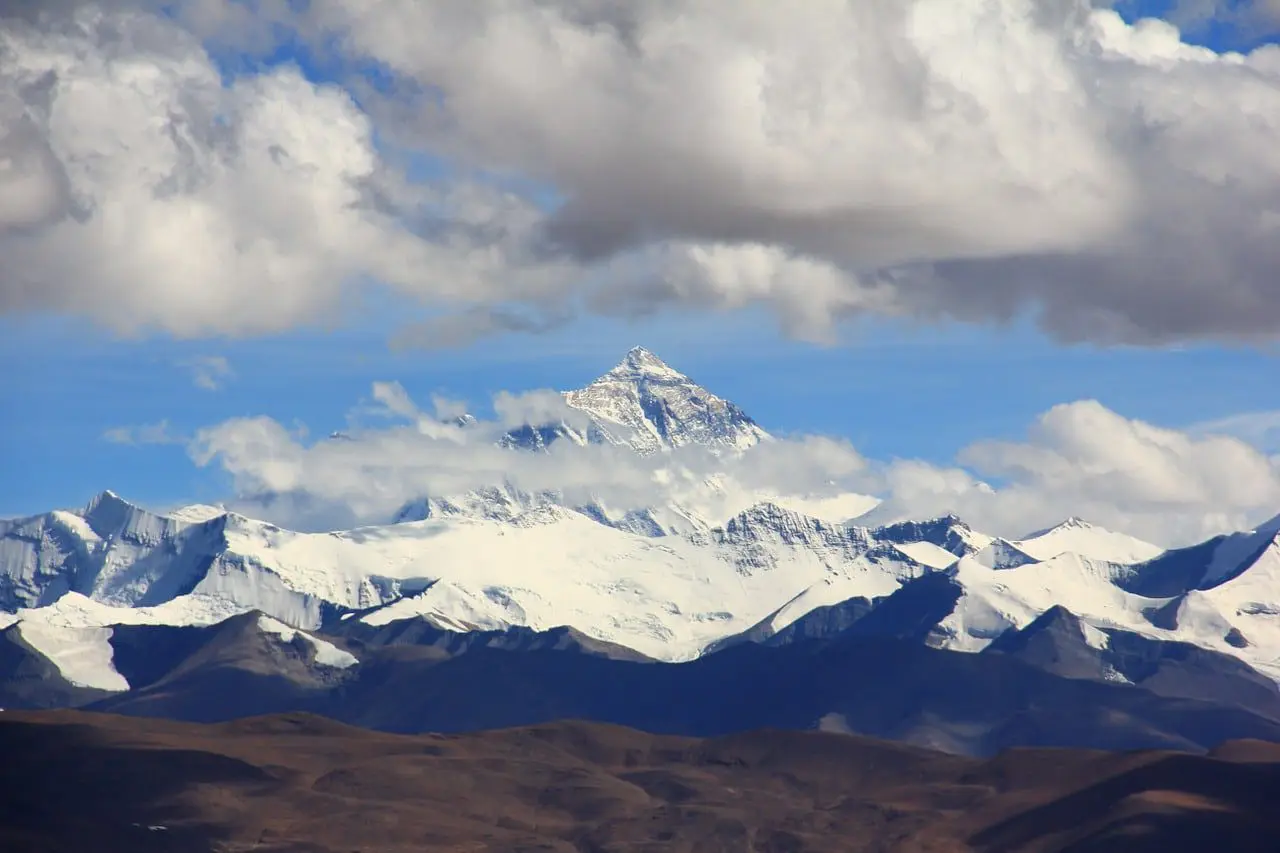 The world’s highest mountain is fast becoming its highest trash heap. The spike in climbers has brought with it mountains of rubbish that is negatively impacting the local environment. They leave behind them climbing equipment, plastics, food, tins, oxygen tanks, aluminum cans, clothes, glass, papers and tents.
The world’s highest mountain is fast becoming its highest trash heap. The spike in climbers has brought with it mountains of rubbish that is negatively impacting the local environment. They leave behind them climbing equipment, plastics, food, tins, oxygen tanks, aluminum cans, clothes, glass, papers and tents.
And of course, there is the considerable human waste – yes, we’re talking excrement. If not buried at least 50m away from water, human waste can pollute the water.
7. ANTARCTICA
 Although very large ships no longer visit Antarctica, tourism remains a concern because even though tourists are only briefly on land, it is considered relatively “high-impact” time.
Although very large ships no longer visit Antarctica, tourism remains a concern because even though tourists are only briefly on land, it is considered relatively “high-impact” time.
Tourists also tend to congregate in the most scenic, wildlife-dense and accessible parts of the continent. This concentration puts the local environment under pressure. There have also been accidents with tour ships being grounded on uncharted rocks and some oil-spills.
8. GREAT WALL OF CHINA
Tourism numbers to China have shot up in recent years and the impact has been felt. The wall has long suffered as a result of poorly executed restoration efforts but over-development has also come into play in the form of cable cars, fast-food joints and crowded parking lots.
Holes have been broken through to make way for new roads and tourists have pulled grass and pieces of the wall with their hands even from some of the wall’s oldest and most fragile sections.
Visitors are now urged to behave themselves on the wall, never defacing or moving the bricks or littering.
9. PYRAMID OF THE SUN, MEXICO
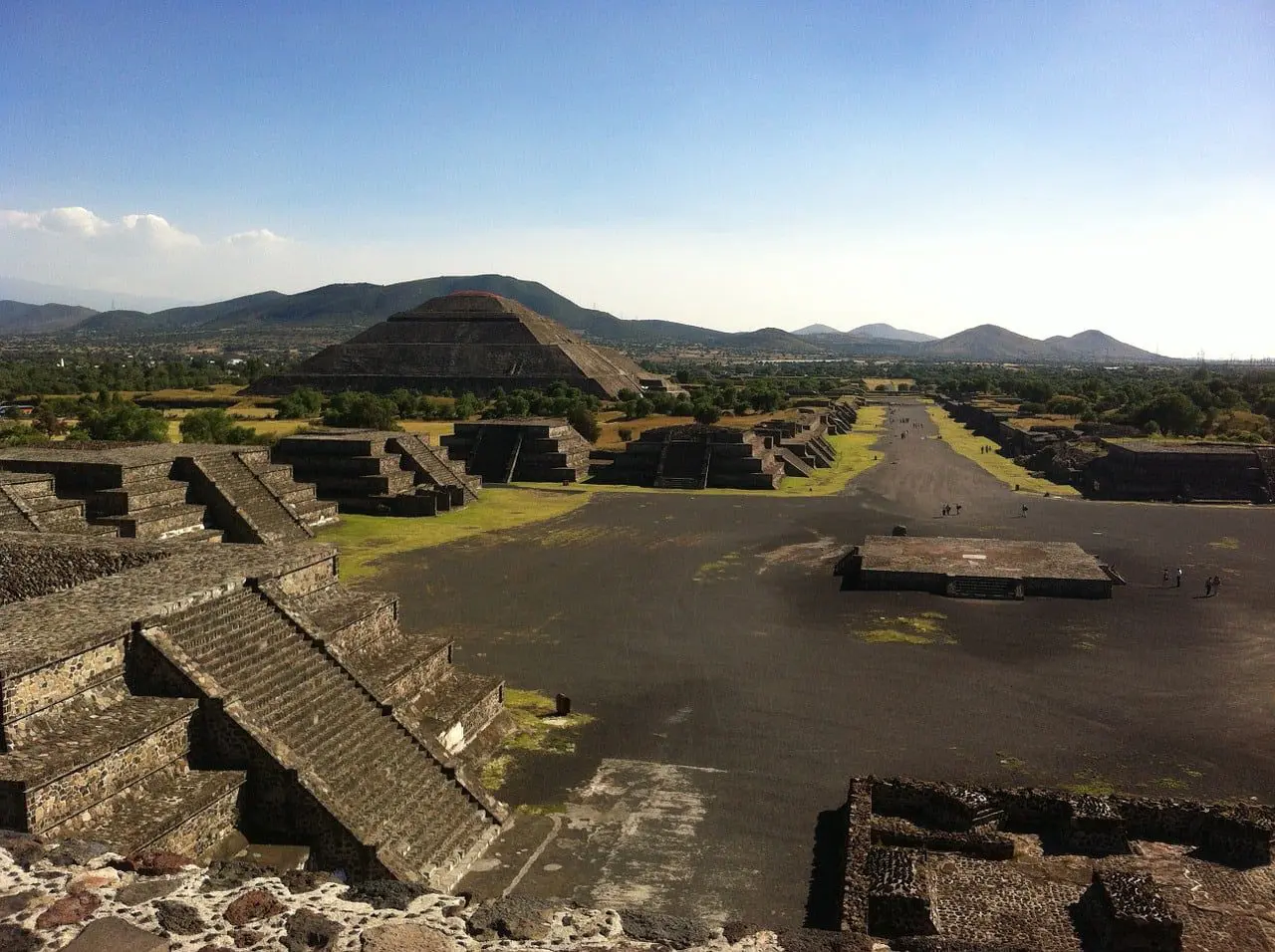 Teotihuacan is the most visited archaeological site in Mexico with the number of visitors on the rise. Equinoxes are a particularly popular time to visit for thousands of people who believe the site has a special energy.
Teotihuacan is the most visited archaeological site in Mexico with the number of visitors on the rise. Equinoxes are a particularly popular time to visit for thousands of people who believe the site has a special energy.
But the volume of people climbing on the pyramids and littering it with waste, food and drinks is placing extreme pressure on the site.
10. ULURU
Climbing the rock has long been considered disrespectful to the local Anangu people for whom Uluru is sacred. Furthermore, it is dangerous and damaging. Park officials say the climbing path has been worn down by the constant tread of tourists, with the subsequent erosion changing the appearance of the monolith. In addition, there are no toilets or bins on top meaning any waste left behind by tourists can affect nearby water supplies.


